Discussion of distillery history and related topics.
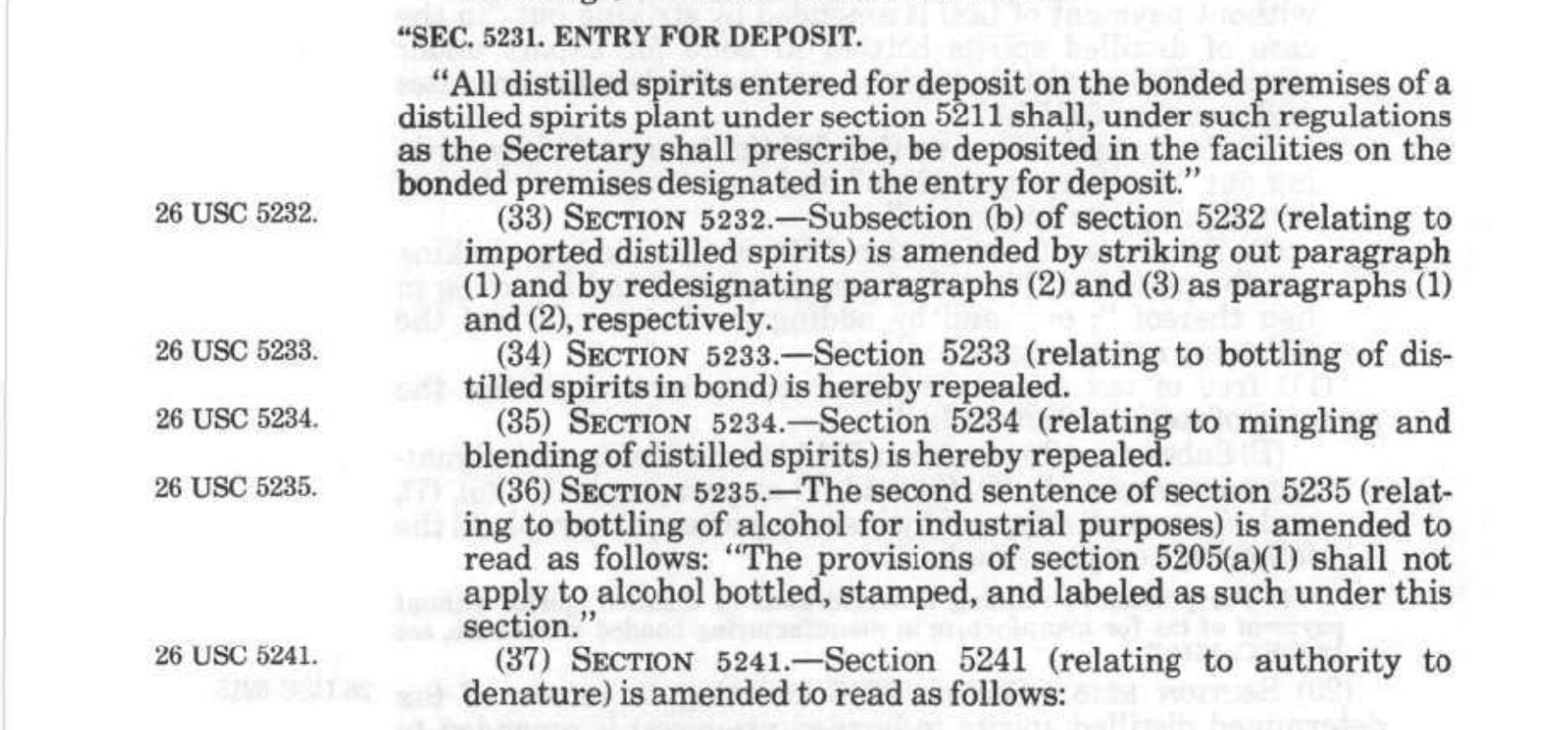
Section of Distilled Spirits Tax Revision Act from 1979 that repealed the fifth requirement for bottling in bond (26 USC 5233)
In addition to having spirits that complied with the 'four rules of bottled-in-bond' a distillery also needed a dedicated bottling facility to actually take advantage of the new standard. It stood this way until 1979 when a set of sweeping reforms removed this requirement as well as generally simplifying how taxes on spirits were assessed.
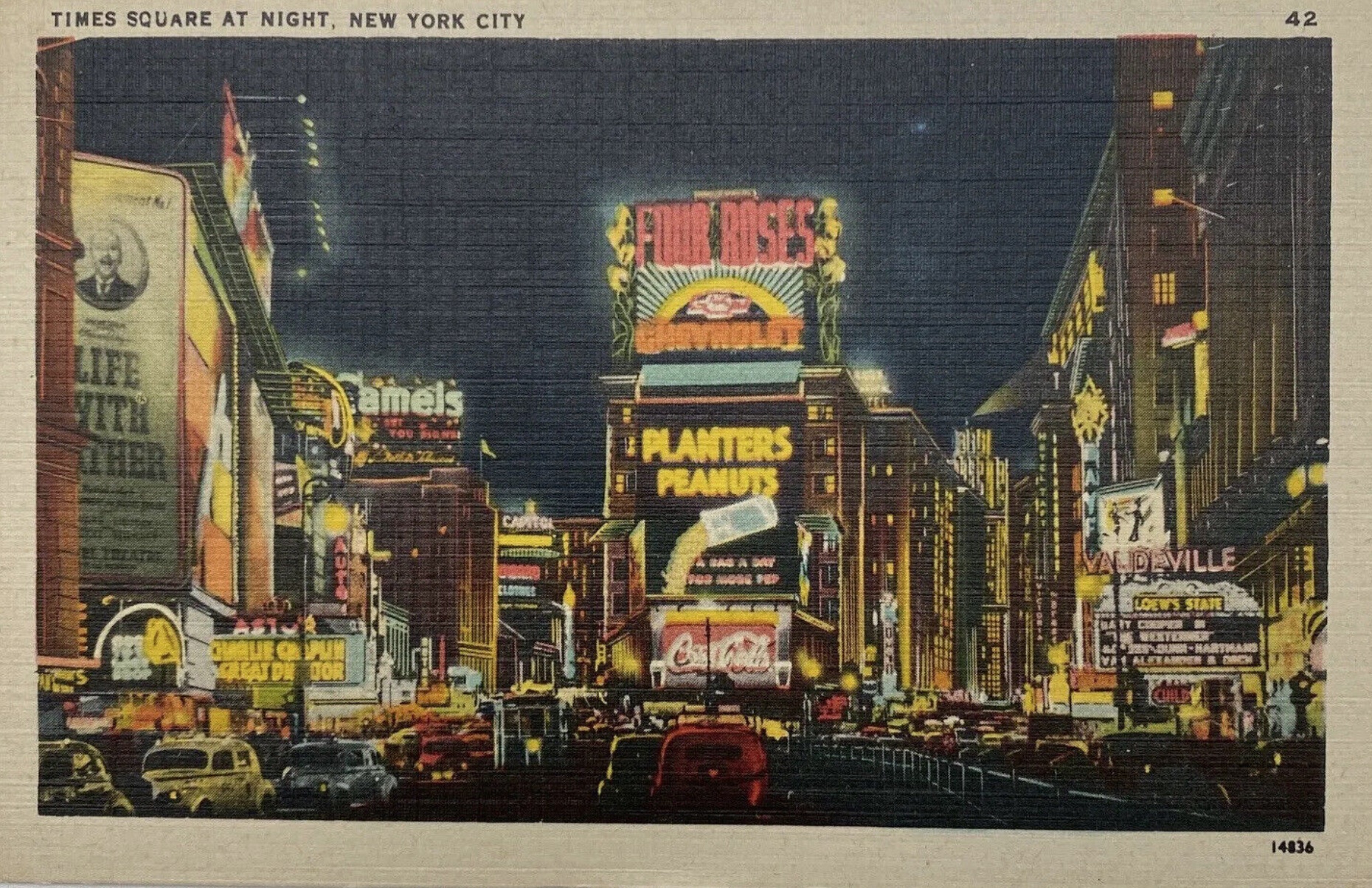
The first photo of the Four Roses sign I was able to date using the titles of movies playing at the time it was taken.
A picture postcard of Times Square sent 18 days after V-J Day helped me figure out how to date the illuminated Four Roses sign that presided over visitors for eight years.
![Read more about the article A Pilgrim in Shively [Part II]](https://americangrain.stream/wp-content/uploads/2022/12/IMG_2819_FourRoses_Warehouse01-scaled.jpg)
Side view of one of the old Frankfort Distilling Corp. warehouses. Little did I know what trouble I was in already when I took it!
Part II of my visit to Shively in which my enthusiasm for old distilleries gets me in a little bit of trouble.
![Read more about the article A Pilgrim in Shively [Part I]](https://americangrain.stream/wp-content/uploads/2022/12/shively_sites2.jpg)
The unassuming Louisville suburb of Shively is home to two active and five historic distillery sites.
I already knew that Shively, a suburb of Louisville, was something of an archaeologic mecca for whiskey history buffs when I was shown photos of the old Seagram warehouses located there a couple of week ago. I had also not realized how striking and beautiful they were. I decided it was time for a proper visit to see all Shively had to offer.
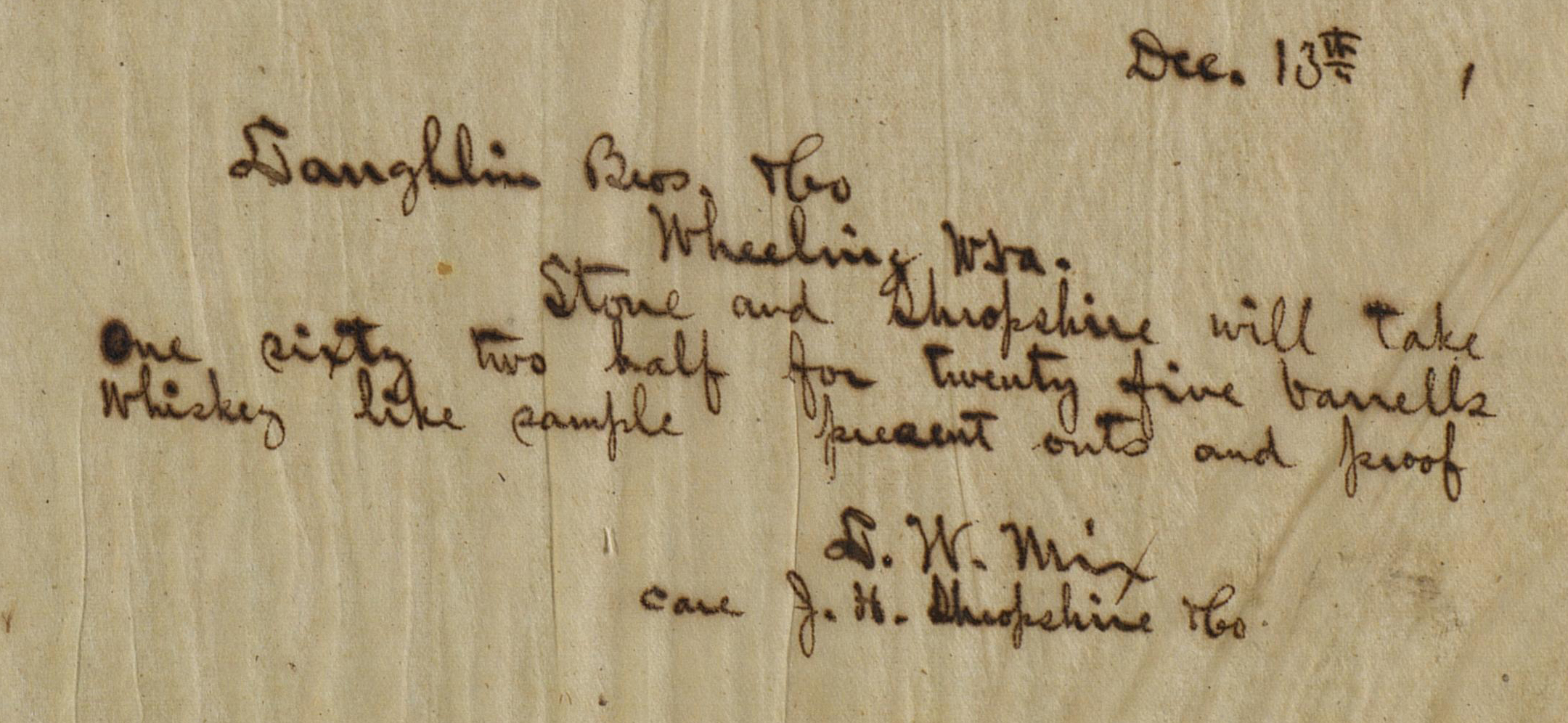
One of many sales records left behind by the Elkhorn Distillery. Sales volumes were generally small, not enough to keep the distillery solvent.
I have always understood the notion of holding whiskey ‘in bond,’ i.e. putting it into a warehouse for some period of time to age before excise taxes needed to be paid on it, as an implicitly good thing. Recently I came to understand that this boon could and did have some (possibly unintended) consequences, at least when bonding was first introduced.

In 2007 Buffalo Trace released this version of George. T. Stagg at an astonishing proof of 144.8. Changes to entry proof back in 1962 are what made the infamous 'Hazmat' release possible.
An innocuous looking document sent out by the TTB on the 27th of April 1962 would change the way American whiskey had been barreled since before Prohibition. Was the science it was based on any good or was the outcome predetermined?
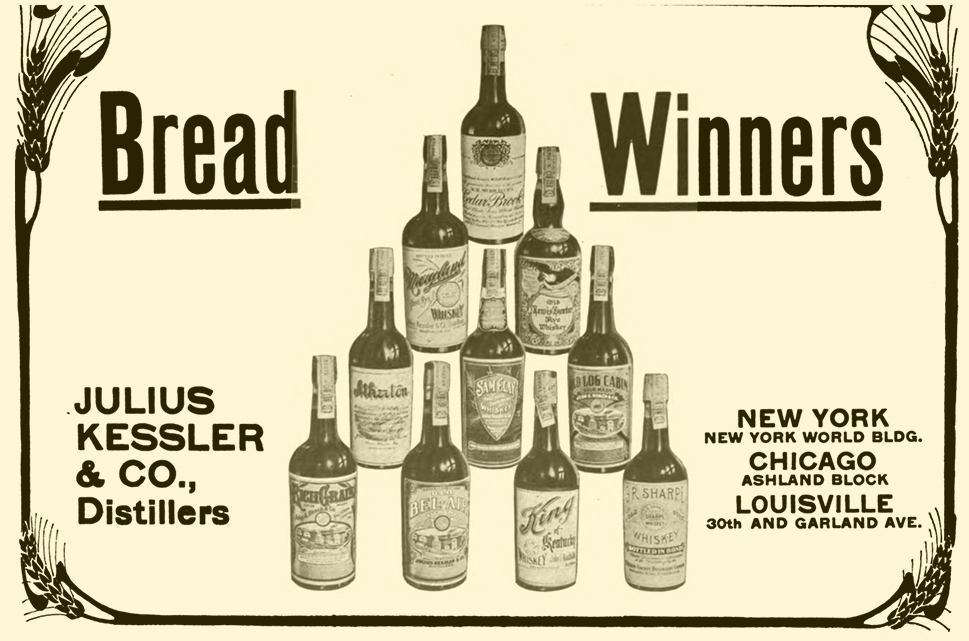
Ten bottled-in-bond whiskies from Julius Kessler, 1908. None of these were even close to being the first to bear the designation. But it gives you an idea how large the category had grown by then.
The identity of the first bottled-in-bond Bourbon has eluded me since I first started researching American whiskey. I've identified two candidates but still remain a bit skeptical I've got my answer.
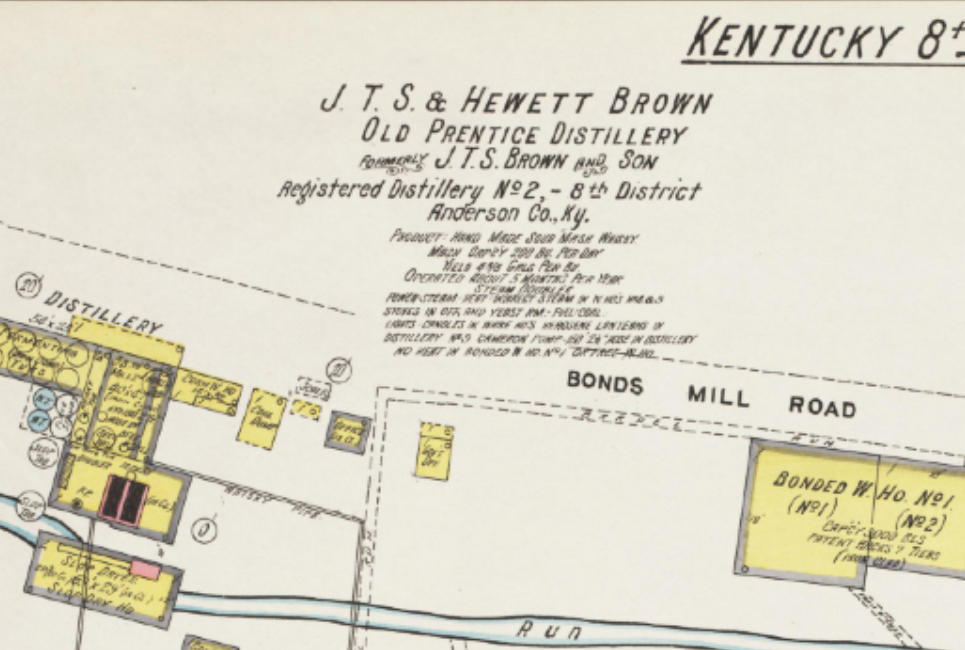
JTS & Hewitt Brown ('Old Prentice') Distillery, Sanborn's Survey of Whiskey Warehouses, 1910
A few months ago, a new ‘local’ acquaintance, author David Jennings (@rarebird101, rarebird101.com) asked me a question about whether I thought it was possible that some of the early Ripy Brothers whiskey bottled at DSP-KY-45, also known as Old Joe,…



![Read more about the article A Pilgrim in Shively [Part II]](https://americangrain.stream/wp-content/uploads/2022/12/IMG_2819_FourRoses_Warehouse01-scaled.jpg)
![Read more about the article A Pilgrim in Shively [Part I]](https://americangrain.stream/wp-content/uploads/2022/12/shively_sites2.jpg)



